What are brand extensions? Types, strategies and examples
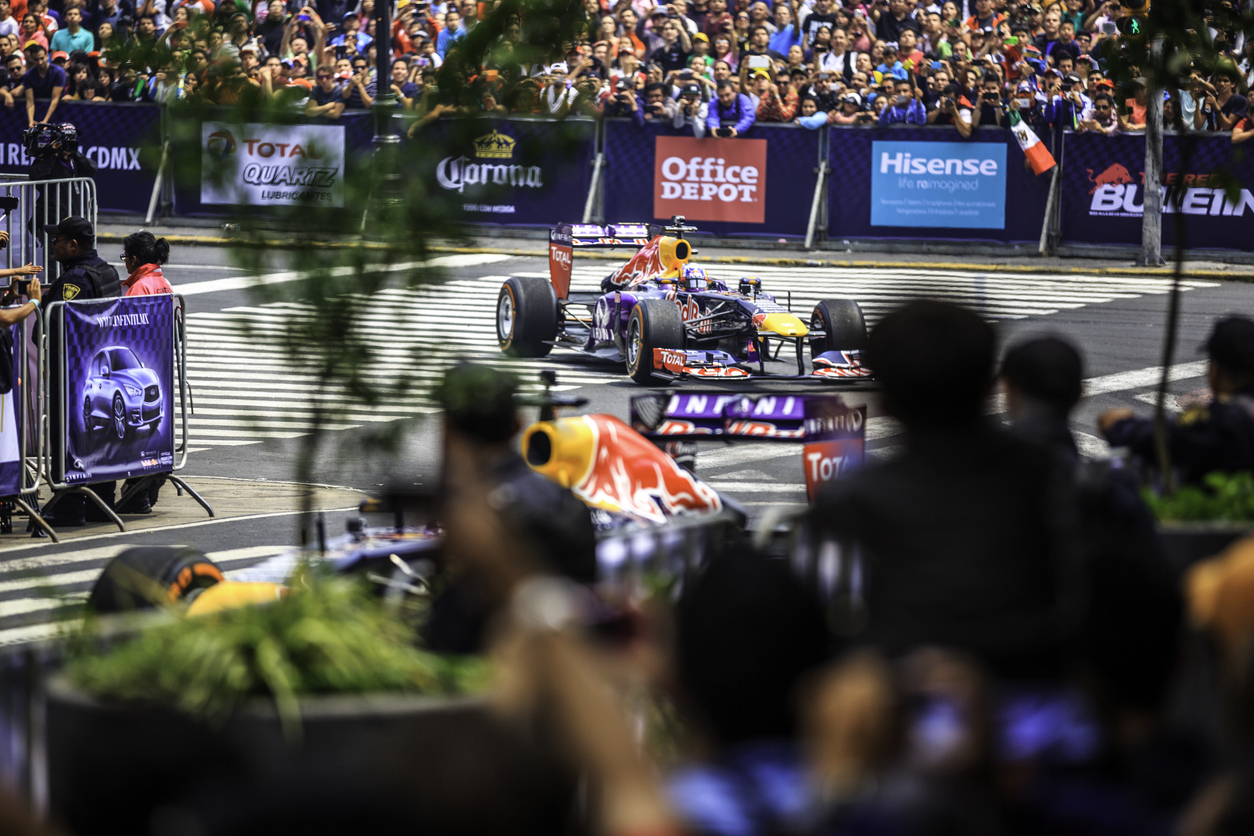
We asked consumers which brands they'd like to see launch brand extensions across 13 different categories. Here's how they voted.
Brand extensions can be brilliant or bonkers. For every Colgate Kitchen Entrees disaster, there’s an Amazon Echo success story.
The right brand extension can transform your business, unlock new revenue streams, and get your existing customers excited about something fresh from a brand they already love.
In this guide, we’ll give you the practical lowdown on brand extensions. You’ll discover the different types worth considering, learn from real-world wins and facepalms, and walk away with a clear roadmap for implementing your own extension strategy without diluting what makes your brand special in the first place.
What is a brand extension?
A brand extension is when a brand develops a new product or service and offers it under their already established brand name.
By introducing new products under a familiar brand name, companies can stretch the boundaries of their offerings while maintaining existing customer loyalty.
Instead of creating something completely different from scratch and building up recognition in an already crowded marketplace, why not leverage your current success to branch out into related markets?
That’s what brand evolutions are all about—capitalizing on positive associations with your original product or service, so you don’t have to start back at square one!
Using the power of its existing brand, companies often introduce new products or services that are related to what they already offer. This helps them tap into unfamiliar markets without having to start from zero and grow a whole new name—plus it allows customers to feel at home with their favorite inspirational brands!
Find out whether you should launch your brand extension
Learn about whether your awesome new product is as awesome as you think it will be—run consumer research with Attest to learn directly from consumers whether you’ll see ROI
Learn about new product developmentDifferent types of brand extensions you can use
There are several types of extensions that a brand can use to expand its product line or reach new markets. Here are the most used ones.
Line extensions or product extensions
Line extensions are the simplest and often safest way to stretch your brand into new territory—you’re basically taking what already works and adding variations or improvements.
It’s more about adding flavors of your existing products, less about new products. This often makes it easier for your customers to be convinced to try your line extension products.
Another benefit is that your supply chain is already set up, your retail partners already stock your category, and customers already understand your product and brand.
Coca-Cola didn’t need to explain what Vanilla Coke was—they just needed to tell people it existed. Oreo doesn’t reinvent the cookie with each limited edition flavor; they simply give fans new reasons to return to a trusted favorite.
Line extensions are a relatively easy way to expand usage occasions, target different segments, or simply create fresh excitement for your brand. Just make sure each variant adds meaningful value—endless trivial variations can create decision paralysis and actually hurt sales of existing successful products.
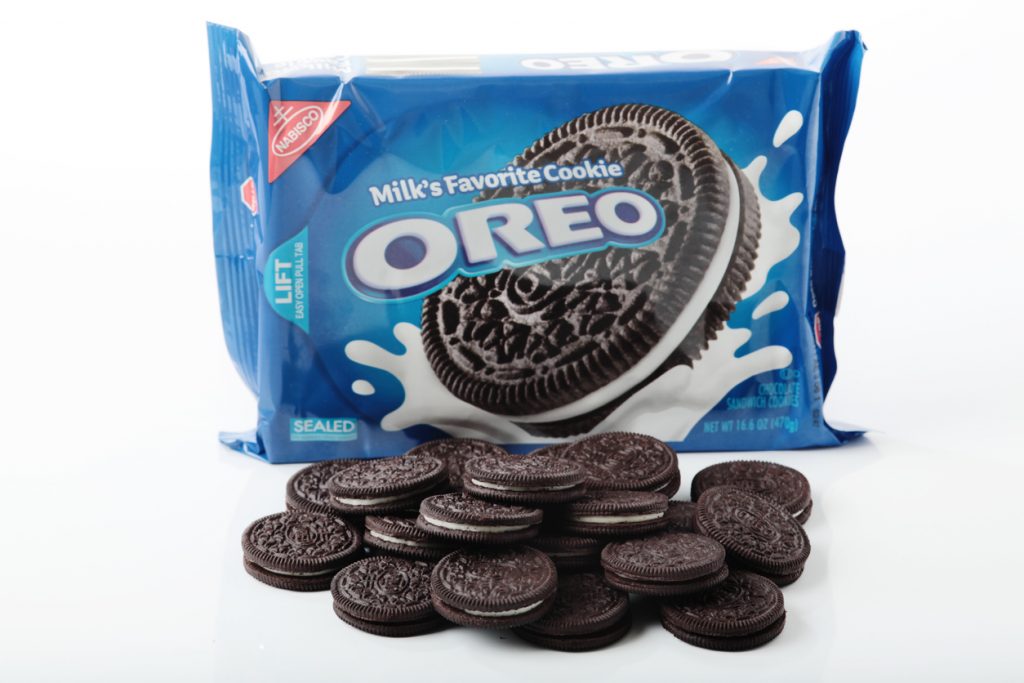
Category extensions
Category extensions take a bigger leap—you’re moving into a different product category while still leveraging your existing brand name and equity. It’s saying to customers, “You trust us for this, so try us for that too.”
The key is finding categories where your brand values and expertise create a meaningful advantage. (This is where Colgate took a wrong turn, clearly).
When done right, category extensions feel logical to consumers. Under Armour expanding from performance apparel to athletic footwear keeps the same promise of helping athletes perform better.
The strongest category extensions maintain your brand’s core benefit and credibility while applying it to new problems. Don’t just slap your logo on a product you know nothing about.
Derivative extensions
Derivative extensions aren’t technically extensions of one brand. What you doi is launching a new product line, which is similar to your existing product lines, but give it its own branding and positioning. It’s almost like creating competition for your own brand, except it’s not – because the key is who you target.
Toyota did this brilliantly with Lexus—same automotive expertise but targeting luxury buyers with a separate identity. Similarly, Nestlé created Nespresso as its premium coffee experience, distinct from its mainstream coffee offerings. Your usual customers who want to level up (or down) suddenly have a choice that, surprise, is also your brand, it just doesn’t immediately look like it.
The main benefits of course is that it is relatively safe, if you’ve done your market research, because you’ll already know the overall market, product and will have a supply chain set up.
Co-branding
Co-branding is teaming up with another brand to create something neither of you could pull off alone. You’re combining forces for a limited time or specific product that carries both your names.
The magic happens when you find a partner whose strengths complement yours in a way that makes consumers think: ”why didn’t they do this sooner?”. Think of the lovechild between Doritos and Taco Bell, or the partnership between RedBull and GoPro.
Licensing
Rather than figuring out how to make and sell products in unfamiliar categories, licensing lets you partner with experts who already know those markets inside and out.
This works wonders when your brand has fans who want to engage with it beyond your core products. Disney doesn’t need to become a toy manufacturer—they let Hasbro handle that while ensuring the products meet their standards. Caterpillar extended from heavy machinery to fashion using the same approach. The trick is maintaining quality control—your brand reputation is still on the line even when someone else is making the products. You’re delegating, but still supervising.
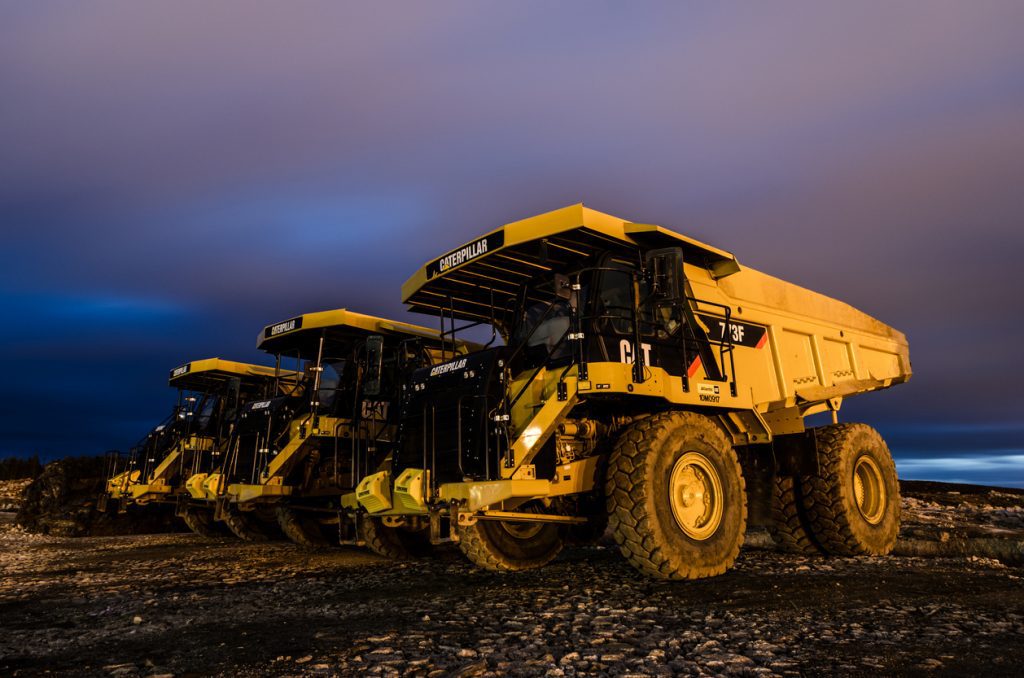
Corporate branding
Corporate branding is the “go big or go home” of brand extensions—creating entirely new businesses under your company umbrella. Instead of just adding products to your lineup, you’re building whole new operations that might look quite different from your original business but share your company’s DNA.
This is how Amazon went from selling books to dominating cloud computing with AWS, or how Virgin jumped from records to airlines. The connection might not be obvious at first glance, but there’s usually a thread of shared values or expertise running through these seemingly unrelated businesses.
It’s the most ambitious extension strategy and requires serious investment (and lots of time!), but the payoff can be transformative—essentially building multiple businesses that stand on their own while benefiting from shared resources and philosophy.
It future-proofs your business in unimaginable ways, because even when your original product goes out of fashion, you will have built an entire ecosystem of other products and services that you can thrive on.
Digital extensions
Why stick to the physical world when there’s a whole digital landscape to explore? For example, if you’re already selling athletic gear, why not launch a fitness tracking app that helps customers get more from your products?
A digital brand extension involves taking your physical brand into the digital realm, creating apps, online services, or virtual products that complement your core offerings.
Digital extensions let you meet customers where they spend hours each day—on their devices. Nike did this successfully with their Training Club app. But even luxury brands like Gucci have jumped in, creating virtual clothing for avatars and gaming platforms.
The beauty of digital extensions is they often cost less to produce than physical products while potentially reaching a global audience instantly. Just make sure your tech actually works—nobody wants a buggy app with your brand name on it.
Benefits and drawbacks of brand extensions
Brand extensions are a double-edged sword for businesses—they can open exciting new revenue streams or dilute what makes your brand special. Before jumping into expansion, it’s worth weighing what you stand to gain against what you might risk.
Benefits: The upside of expanding your brand
Done strategically, brand extensions can transform your business trajectory. Here’s what you stand to gain:
Built-in credibility – You’ve already established trust with customers. Extensions let you tap into that existing goodwill instead of building reputation from scratch.
Marketing efficiency – Launching under your established brand costs substantially less than creating something entirely new. Your audience already recognizes you—half the work is done.
Deeper customer relationships – Give loyal customers fresh ways to engage with a brand they already like. More touchpoints mean stronger connections.
Natural upselling paths – Create logical next purchases for your customers. When done right, extensions complement your existing products and encourage additional spending.
Revenue diversification – Spreading your business across multiple product lines reduces vulnerability to market shifts. If one category takes a hit, others can keep you afloat.
Drawbacks: When brand extensions miss the mark
Not every extension deserves your brand name. Watch out for these potential pitfalls:
Identity dilution – Venture too far from your core strengths, and you risk confusing customers about what your brand actually stands for.
Self-competition – Sometimes your new product simply steals sales from existing offerings rather than growing your total revenue. You’re essentially competing with yourself.
Reputation blowback – If your extension fails or disappoints on quality, the negative perception can backfire onto everything else you make. One subpar product can tarnish your entire brand.
Focus fragmentation – New products demand attention, resources, and energy that might be better invested in your core offerings. Don’t neglect what’s already working.
Expertise gaps – Success in one category doesn’t automatically translate to another. New territories require different skills, knowledge, and market understanding.
How to implement a brand extension
Ready to expand your brand’s horizons? Here’s how to do it right:
1. Get real data through market research
Before committing, understand the landscape:
- What specific needs aren’t being met in the market?
- How do consumers currently perceive your brand’s boundaries?
- What’s their gut reaction to your extension concept?
- Who are the established players, and where are they vulnerable?
Use surveys and testing to validate demand before making major investments.
What do target customers think about your brand extension?
Test your extension plans with your target customers before you launch – so you can tweak anything that needs improving, and potentially avoid expensive failed launches!
Test your extension2. Evaluate authentic brand fit
Be ruthlessly honest about alignment:
- Does this extension naturally flow from your brand’s core purpose?
- Will it deliver the quality standard customers expect from you?
- Does it feel intuitive to your audience, or forced and random?
The strongest extensions feel like a natural evolution, not a random departure.
3. Define a sharp value proposition
Clarify exactly:
- What specific problem are you solving better than current solutions?
- What’s your unique angle compared to competitors?
- Why would customers choose your brand in this unfamiliar territory?
- How does this build on what they already value about you?
If your answers feel generic or weak, rethink your approach.
4. Test before scaling
Minimize risk through incremental validation:
- Create working prototypes or detailed mockups
- Collect unfiltered feedback from target consumers
- Launch in limited markets to gauge real-world performance
- Adapt quickly based on early results
Small failures early save enormous headaches later.
5. Develop a targeted marketing approach
Create a plan that:
- Bridges your established identity with this new territory
- Highlights distinctive benefits rather than just the brand name
- Reaches the right audience segments through appropriate channels
- Uses familiar brand elements while introducing something fresh
Your marketing needs to make the connection obvious without overexplaining.
6. Monitor and adapt
After launch:
- Track specific metrics tied to your success criteria
- Gather ongoing customer feedback and sentiment
- Compare actual performance against projections
- Be prepared to refine or even withdraw if necessary
Treat early results as information, not validation. Be willing to course-correct quickly.
What is needed for brand extension success
1. A distinctive parent brand
You need a solid foundation to build upon:
- Clear positioning that stands for something specific
- Positive associations that transfer well to new categories
- Strong recognition among your target audience
- Established loyalty from existing customers
Fix any core brand weakness before attempting extensions.
2. A logical consumer connection
Your audience should immediately understand the link:
- Shared benefits or values between original and new products
- Natural usage occasions that complement each other
- Consistent quality expectations
- Aligned tone and personality
The less obvious the connection, the harder you’ll need to work to explain it.
3. Meaningful consumer benefits
Your extension must deliver tangible value:
- Address real pain points or unmet desires
- Improve upon existing alternatives in meaningful ways
- Provide convenience through brand familiarity
- Meet or exceed quality expectations
Customers won’t buy something just because of your name—the product must stand on its own merits.
4. Strategic business alignment
Successful extensions advance broader goals:
- Access to specific customer segments you’ve targeted
- Entry into growing markets with long-term potential
- Protection against competitive threats
- Relevance to evolving consumer preferences
Extensions should take you where you want to go, not just where you can go.
5. Operational capability to deliver
Ensure you can execute flawlessly:
- Relevant production expertise and quality standards
- Appropriate distribution channels to reach your audience
- Robust quality assurance processes
- Customer service readiness for the new offering
Even brilliant concepts fail without operational excellence to back them up.
Back your brand extension strategy up with research
Now more than ever, businesses need to think outside the box when it comes to developing their brand. Strategic brand extensions can give companies a winning edge in today’s competitive landscape! It is however crucial that you test your new concepts before putting them out there, to make sure they land in the right way and don’t turn consumers away.
By extending into new markets and targeting different segments of customers with existing positive associations around its current product or service offerings, well-tracked brands will be able to maximize reach.
Expanding your horizons also means diversifying your revenue streams. Your band becomes less dependent on single products or services, which in some markets, can be a great idea.
It’s also great for building customer loyalty. By offering more products or services, you can give customers an even wider range of choices—improving their experience while helping to buffer income.
Brand extension examples by type
Some brand extension ideas have been around for so long, we often don’t even realize what the original brand was anymore.
When drinking a Guinness, few of us think of the world record of base jumping.
When eating at a Michelin-star restaurant, you often forget to think about your car tires.
This is just to show how huge a success some brand extension ideas can be. Let’s look at some successful brand extensions and what brand extension strategy these brands used – and some that failed, so you can learn from that too.
Line extension examples
Starbucks: Beyond the coffee shop
Original focus: Coffee shop selling brewed coffee
Key extensions: At-home coffee beans, ready-to-drink bottled coffee, coffee machines
Key takeaway: Extend your core product into different consumption contexts to meet customers wherever they are, whenever they want your product.
Starbucks has successfully extended its coffee offerings from in-store to grocery stores, creating multiple touchpoints with customers. They’ve maintained their premium positioning while making their products accessible in new environments.
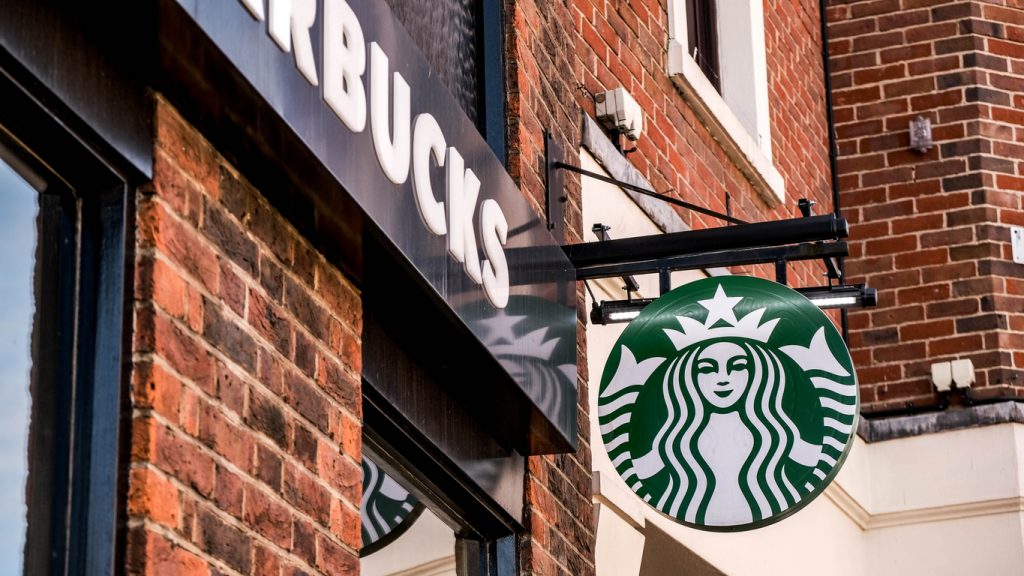
Dove: From women’s to men’s care
Original focus: Women’s beauty products
Key extensions: Dove Men+Care line of personal care products
Key takeaway: When extending to new demographics, maintain your core brand values while adapting messaging and formulations to address the specific needs of the new audience.
Dove kept its focus on gentle, moisturizing formulas but adapted packaging, scents, and marketing to appeal to men. The brand’s body-positive values remained consistent throughout the extension.
Category extension examples
Apple: From computers to lifestyle ecosystem
Original focus: Personal computers (Apple I)
Key extensions: iPhone, iPad, Apple Watch, AirPods, HomePod, Apple TV+
Key takeaway: Apply your core brand values consistently across new product categories to create an ecosystem that keeps customers within your brand universe.
Apple extended its brand by applying its principles of elegant design, user-friendly interfaces, and premium quality across multiple product categories. Each product reinforces the others and creates a complete ecosystem.
Dyson: From vacuum cleaners to personal care
Original focus: Vacuum cleaners
Key extensions: Hair dryers, air purifiers, fans, lighting products
Key takeaway: Look for opportunities to apply your technological expertise to solve problems in adjacent categories where the same strengths can create value.
Dyson leveraged its expertise in airflow technology to create revolutionary hair dryers and fans. Their extension strategy focuses on innovation and high performance across different product categories.
Derivative extension examples
Google: From search engine to tech giant
Original focus: Search engine
Key extensions: Google Maps, Google Docs, Google Photos, Google Assistant, Google Pixel, Gemini AI
Key takeaway: Focus on your core competencies (in Google’s case, organizing information) and find new applications for these skills in different contexts.
Google has successfully extended its brand by focusing on its strengths in organizing information and developing user-friendly technology. Their recent extension into consumer AI with Gemini shows how they continue to apply core competencies to emerging technologies.
Red Bull: From energy drinks to experiences
Original focus: Energy drinks
Key extensions: Sports teams, extreme sports sponsorships, media content
Key takeaway: Create derivative extensions that reinforce your brand’s core emotional benefit, not just its functional benefit.
Red Bull doesn’t just sell energy drinks; it sells excitement and adrenaline. Their extensions into sports teams and extreme events reinforce this brand promise and create additional touchpoints with their audience.
Co-branding Examples
Nike and Apple: Nike+ platform
Original focus: Athletic footwear (Nike), Consumer electronics (Apple)
Key extension: Co-branded fitness tracking technology
Key takeaway: Partner with brands that share your target audience but bring complementary expertise to create something neither brand could achieve alone.
Nike and Apple’s partnership combined Apple’s technology prowess with Nike’s fitness expertise to create a seamless experience for runners, benefiting both brands.
Licensing examples
Ferrari: From sports cars to lifestyle products
Original focus: Luxury sports cars
Key extensions: Licensed clothing, watches, perfumes
Key takeaway: Carefully control quality standards when licensing your brand to maintain premium positioning and avoid dilution.
Ferrari selectively licenses its brand to high-quality partners that reinforce its luxury positioning, allowing the brand to reach customers who may not be able to afford its cars but aspire to the lifestyle.
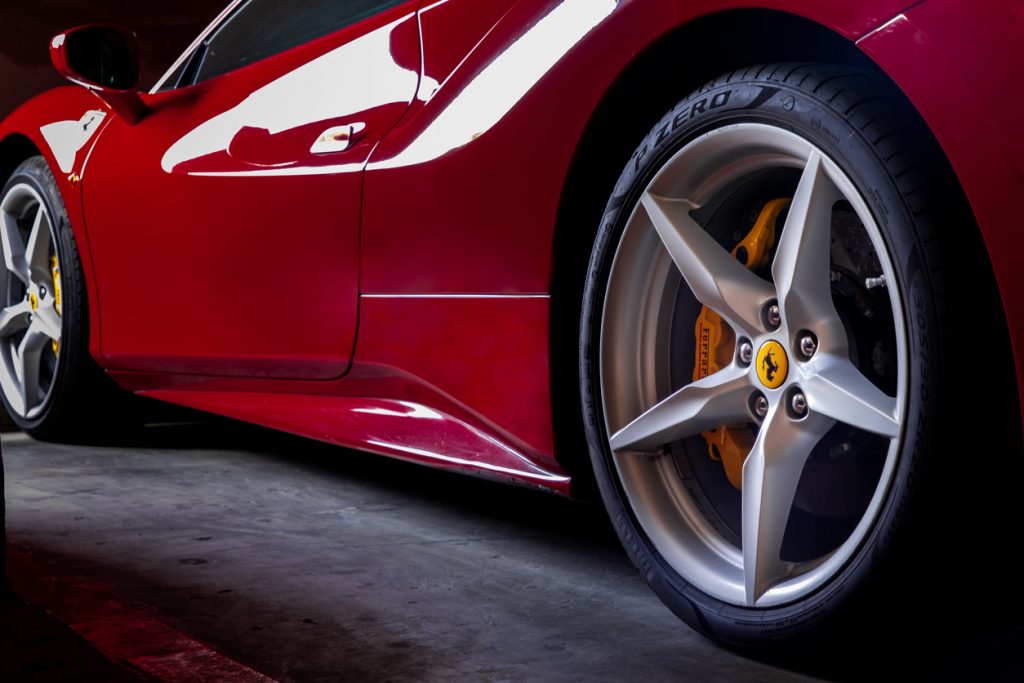
Corporate branding examples
Virgin: From record store to space tourism
Original focus: Record store (Virgin Records)
Key extensions: Virgin Atlantic, Virgin Mobile, Virgin Hotels, Virgin Galactic
Key takeaway: A strong brand personality and values can transcend vastly different industries, though not without risks.
Virgin’s extensions demonstrate how Sir Richard Branson’s innovative, customer-focused, and disruptive approach can work across industries. However, not all Virgin extensions have succeeded, highlighting the importance of careful market assessment.
Michelin: From tires to fine dining
Original focus: Automobile tires
Key extensions: Michelin Guide (restaurant ratings)
Key takeaway: Look for strategic extensions that indirectly support your core business while establishing expertise in a new area.
This unconventional extension worked because it shared a strategic purpose with the core business—encouraging more road travel, which would lead to more tire sales—while establishing Michelin as an authority on quality and excellence.
Guinness: From beer to world records
Original focus: Stout beer
Key extensions: Guinness World Records
Key takeaway: Sometimes the most successful brand extensions come from unexpected places—be open to creative ideas that could become standalone successes.
What began as a marketing tool to settle pub disputes became a globally recognized brand of its own, demonstrating how creative thinking about brand assets can lead to surprising and successful extensions.
Failed brand extension examples and what we can learn
It’s also fun (and of course, valuable) to look at some examples of brand extensions that didn’t get very far. Chuckle and learn.
1. Colgate Kitchen Entrees
What happened: Colgate (the toothpaste brand) launched frozen ready meals in the 1980s.
Why it failed: The strong association of Colgate with toothpaste created an unappetizing connection for food products.
Lesson: Ensure your extension doesn’t create negative associations with your core product.
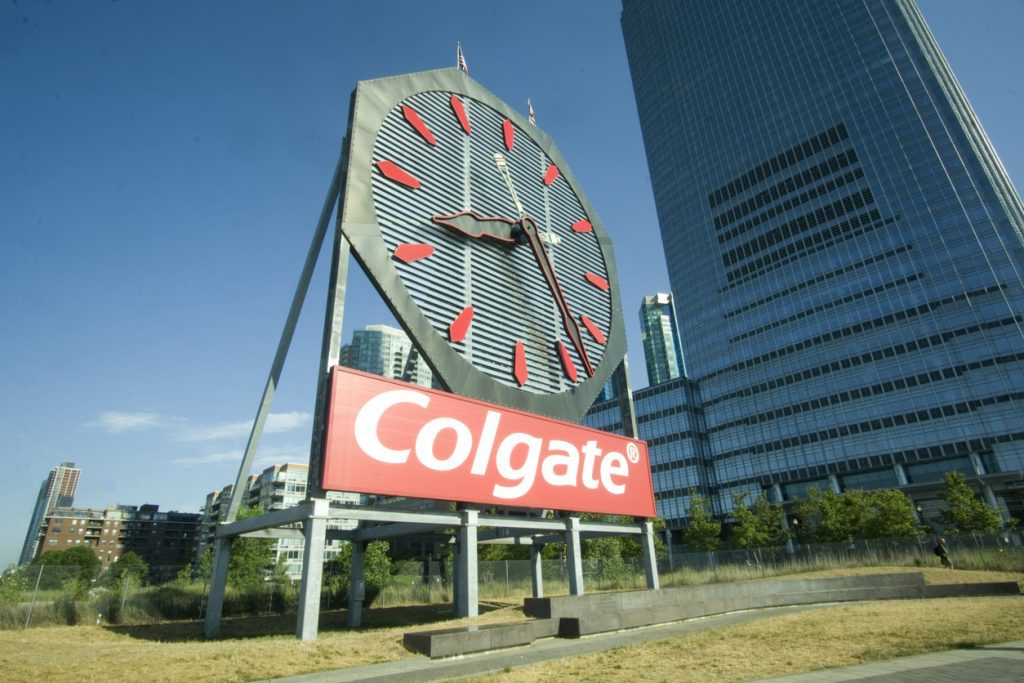
2. Cheetos Lip Balm
What happened: The snack brand tried to enter the cosmetics market with cheese-flavored lip balm.
Why it failed: The snack flavor that works well for chips doesn’t translate to personal care products.
Lesson: Product sensory experiences don’t always transfer across categories.
3. Virgin Brides
What happened: Virgin expanded into the wedding dress and bridal wear market.
Why it failed: The brand name created unfortunate connotations in this context.
Lesson: Consider how your brand name might be interpreted in different contexts.
4. Zippo Women’s Perfume
What happened: The lighter company introduced a line of women’s fragrances.
Why it failed: The association with lighter fluid and smoking clashed with the desired premium fragrance positioning.
Lesson: Ensure your core brand associations complement rather than contradict your extension category.
Find out what brand extensions your audience want to see
We’ve got everything set up for you to run meaningful surveys and get actionable data and feedback from consumers that can help you create your next brand extension.
We’ll help you get started with a guide to brand tracking, guide to concept testing and survey templates—and our in-house team of research experts is here to help you through your brand extension project. Read our brand tracking case studies to see how it works.
Excited to find out what your audience wants? Get started today.
Get insight about your brand extension
Learn what people think about your brand extension with fast, reliable consumer insights from Attest (with designated support from our in-house research experts!)
Ensure product success!Tell us what you think of this article by leaving a comment on LinkedIn.
Or share it on:
